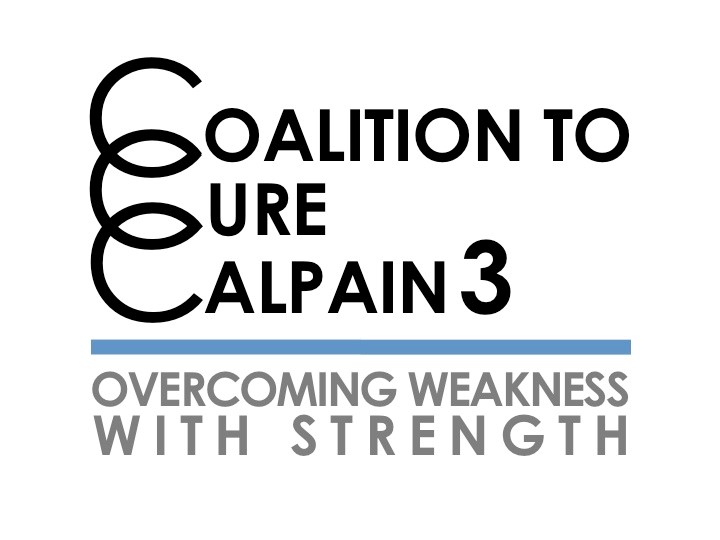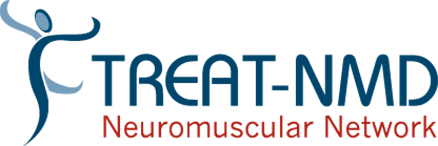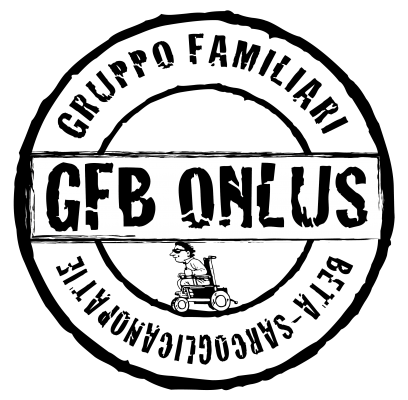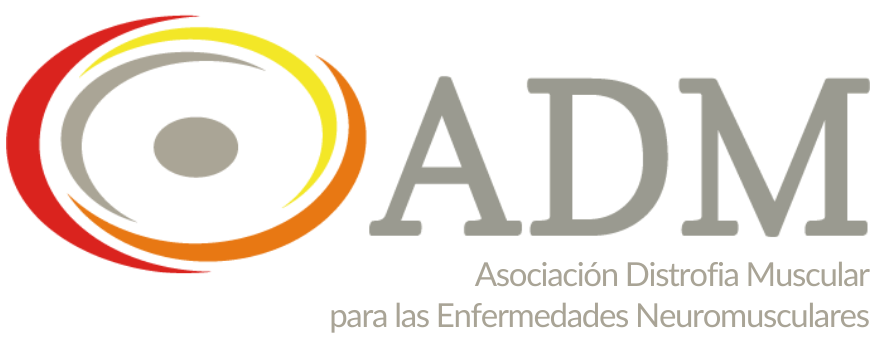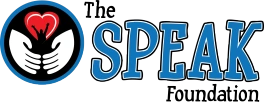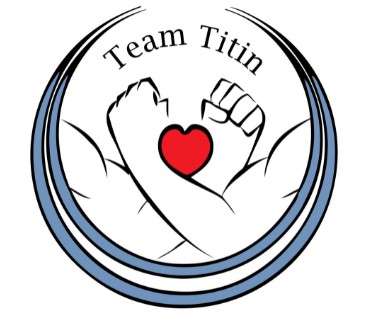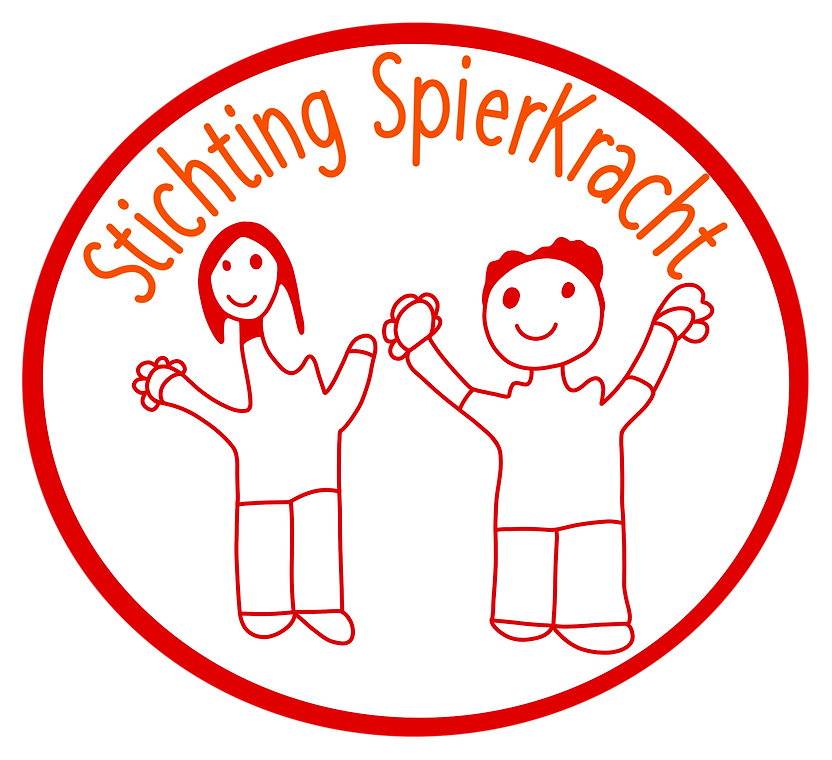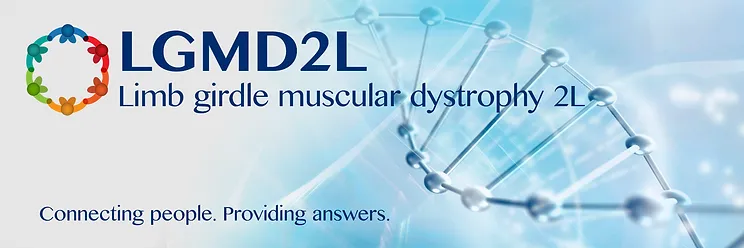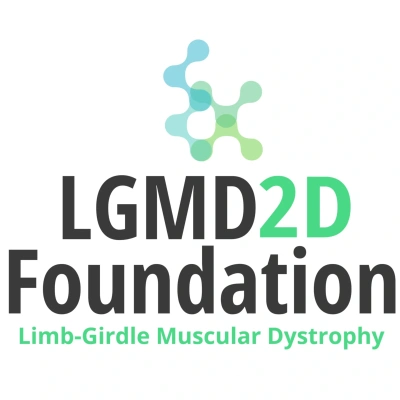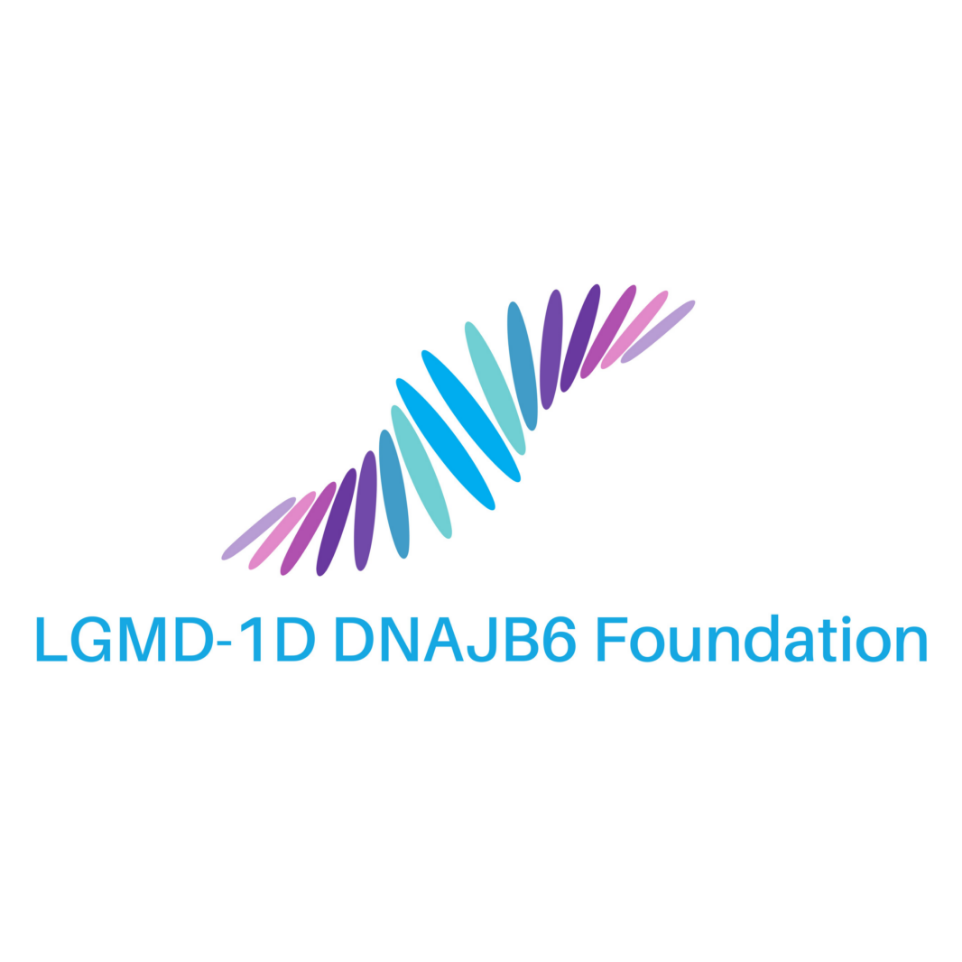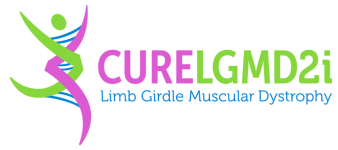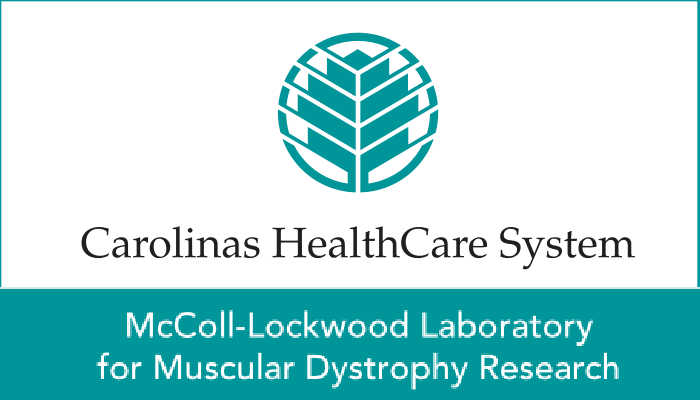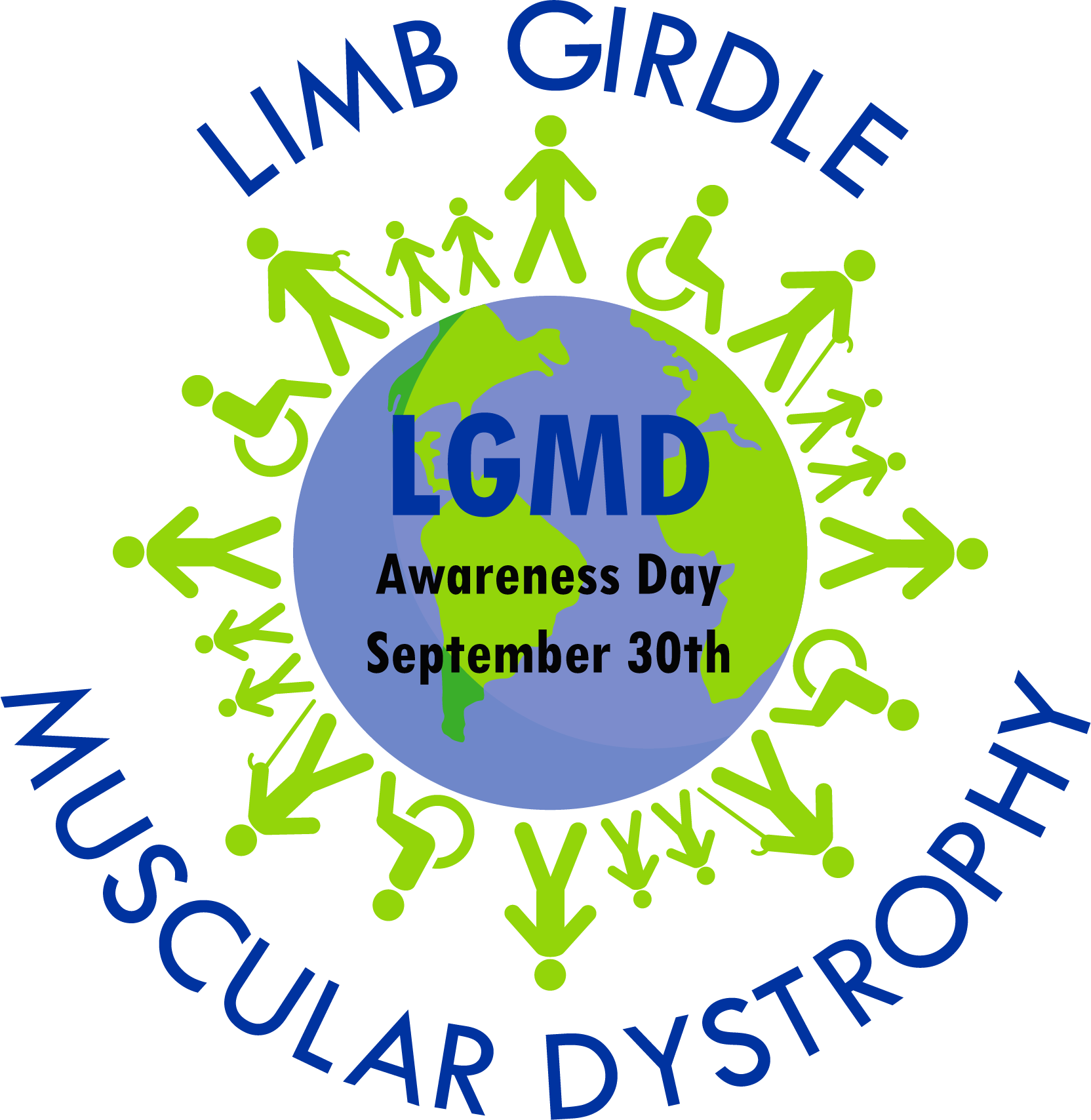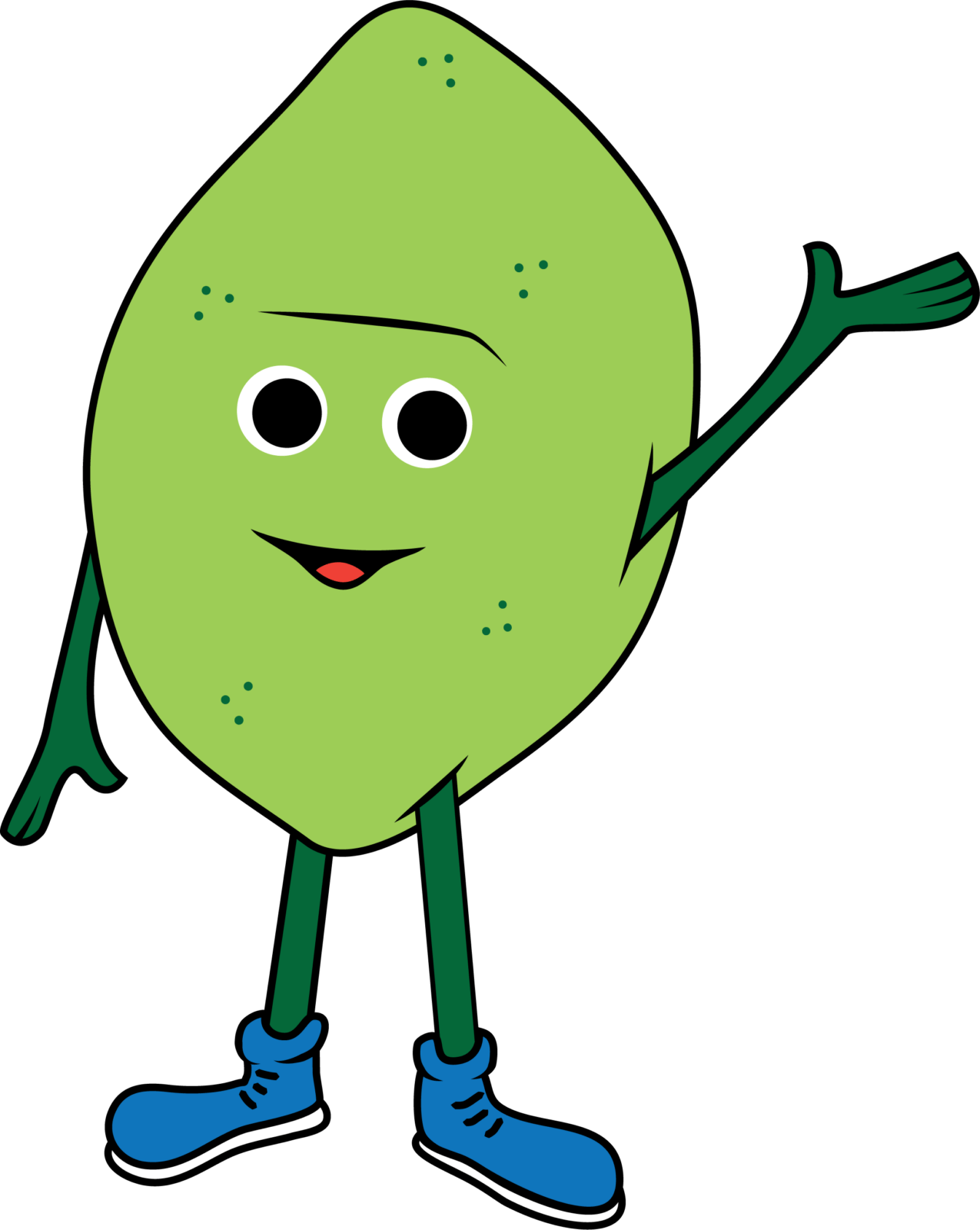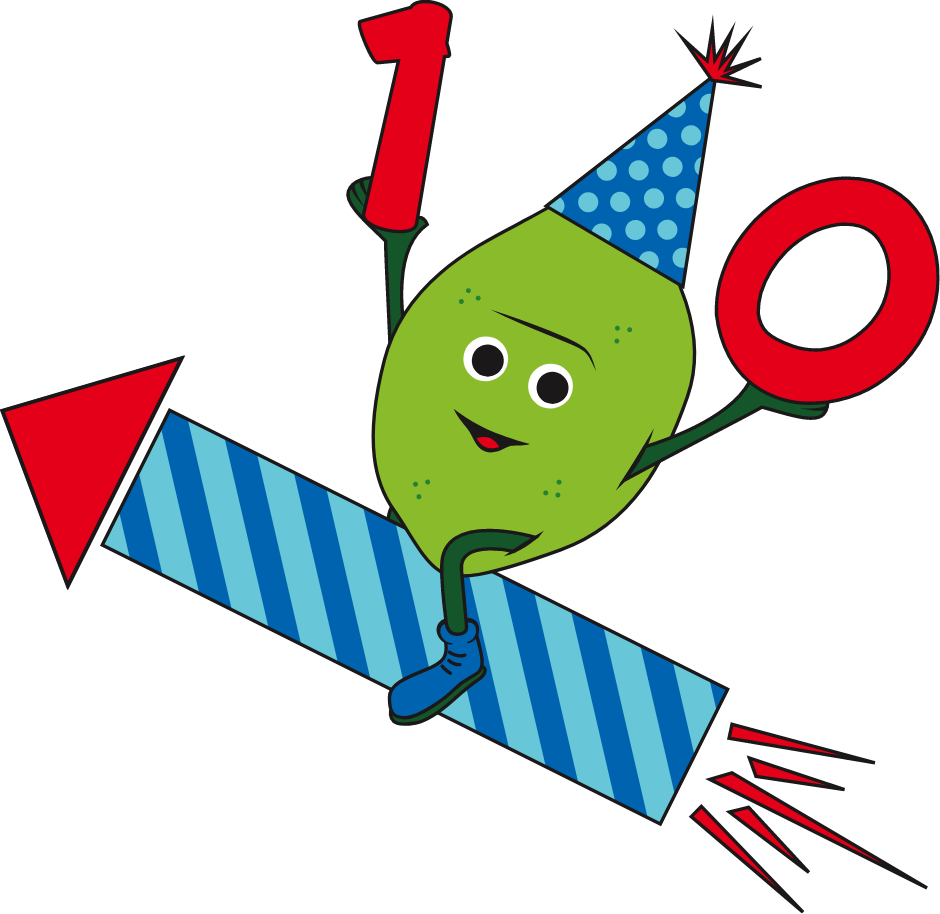Glossary
Active exerciseExercise that a person does using his or her own strength (see passive exercise). |
Activities of daily living (ADLs)Refers to the activities we normally do in daily routine including any daily activity we perform forself-care such as feeding ourselves, bathing, dressing, toileting, grooming, work, homemaking,parenting responsibilities and leisure. The ability or inability to perform ADLs can be used as avery practical measure of ability/disability in many disorders. |
Aquatics Physical Therapy / HydrotherapyThe evidence-based and skilled practice of physical therapy in an aquatic environment by a physicaltherapist involving activity performed in water to assist in rehabilitation. It is a form ofexercise in a warm pool and refers to treatments and exercises performed in a warm water pool forrelaxation, fitness, physical rehabilitation, and other therapeutic benefit. This is a populartreatment for patients with neurologic and musculoskeletal conditions. |
Arterial blood gas – (ABG)is a test of blood from an artery and measures the amounts of certain gases (such as oxygen andcarbon dioxide) that are in arterial blood. The results of this test give clues about how well yourlungs, heart, and kidneys are working. An ABG test involves puncturing an artery with a thin needleand syringe and drawing a small volume of blood. |
AspirationThe drawing of a foreign substance, such as mucus or food, into the respiratory tract duringinhalation. |
Assisted ventilationSee Mechanical ventilation |
AtrophyMuscle wasting. |
Autoimmune disordersConditions in which the immune system produces antibodies that attack the body’s own cells, forexample: Crohn’s Disease, dermatomyositis, polymyositis, and myasthenia gravis. LGMD is not anautoimmune disease. |
Autosomal inheritanceInheritance pattern that affects both males and females equally. The abnormal gene is not on the X orY chromosomes (known as the sex chromosomes). |
AVAP ventilationAverage volume-assured pressure support. It is a form of non-invasive positive pressure ventilationthat adjusts the pressure support (PS) to maintain a target average ventilation over severalbreaths. |
BiopsyRemoval of a small amount of tissue for examination. |
BPAP ventilation (or BiPAP)Bilevel positive airway pressure. A type of noninvasive ventilation that helps with breathing byproviding a flow of air delivered through a face mask. The air is pressurized by a machine, whichdelivers it to the face mask through long, plastic tubing. The machine delivers the air at twodifferent pressures which alternate: A higher pressure to breathe in (called inspiratory positiveairway pressure, or IPAP) and a lower pressure for breathing out (called expiratory positive airwaypressure, or EPAP). |
Calcium CitrateThis is a type of calcium and is often recommended by many neurologists for those with musculardystrophy to prevent osteoporosis. |
CalpainopathyA group of limb-girdle muscular dystrophies (LGMD) caused by mutations in the CAPN3 gene. LGMD2A/LGMD R1 calpain3-related is the more common form of Calpainopathy and has an autosomal recessiveinheritance pattern, whereas LGMD 1i/LGMD D4 calpain3-related is the form with an autosomal dominantinheritance pattern. |
Capnographalso known as capnometer; a monitoring device that painlessly measures the concentration of carbondioxide in exhaled air (end tidal CO2) |
Carbon Dioxide (CO2)What is exhaled in breathing. In some forms of MD, CO2 is retained, which means that an individual isnot breathing out the CO2 or not inhaling enough air due to weakened breathing muscles. |
CardiacRelated to the heart. |
CardiologistsDoctors who specialize in preventing, diagnosing, and treating diseases of the heart and bloodvessels. |
CardiomyopathyRefers to diseases of the heart muscle. In cardiomyopathy, the heart muscle becomes enlarged, thick,or rigid, and in some cases, the muscle tissue in the heart is replaced with scar tissue. As thedisease gets worse, the heart becomes weaker and less able to pump blood through the body, which canlead to heart failure or arrhythmias. |
CarrierAn individual who has inherited a genetic mutation but does not have any symptoms. They have onenormal and one abnormal copy of a pair of genes which cause a genetic disorder. A carrier willusually remain unaffected throughout his or her life but may pass the faulty gene on to theirchildren. |
ChromosomesDNA is packaged in tiny units called chromosomes. Each chromosome contains a single long and tightlypacked piece of DNA with many different genes. Every human cell contains 23 pairs of chromosomes,and each pair contains one chromosome from each parent. |
Clinical Studies and TrialsClinical studies and trials involve research using human volunteers (also called participants) thatis intended to add to medical knowledge. Developing new medicines and treatments is a lengthy andcomplex process, relying heavily on volunteer participation to help with better understanding of thedisease process as well as to evaluate potential therapies for safety and effectiveness in clinicaltrials. Clinical trials are conducted in a series of steps, called phases – each phase is designedto answer a separate research question. |
CongenitalIf a trait or characteristic is congenital, it means it is present at birth. |
ContractureAn abnormal, often permanent contraction or shortening of the muscle (or tendon) that causes thejoints to shorten and become very stiff. This prevents normal movement of a joint or other bodypart. Stretching helps to prevent this issue but still can occur. In some instances, surgery isrequired to release a contracture. |
CoughAssistA trademarked device by Philips Respironics that uses positive airway pressure that rapidly reversesto negative pressure to assist an individual’s cough; sometimes called a cough stimulating device ordevice for cough augmentation |
CPAP, or continuous positive airway pressureA treatment that uses mild air pressure to keep the airways open. CPAP typically is used by peoplewho have breathing problems, such as sleep apnea. CPAP is no longer recommended for use inneuromuscular disease patients as it provides one continuous pressure of air for both inhaling andexhaling. As such, it can be uncomfortable for weakened breathing muscles and does not assist withventilation (moving air into and out of the lungs) for those with weak inspiratory muscles. |
Creatine kinase (CK)A type of protein found in muscle. Some forms of muscular dystrophy are associated with high levelsof creatine kinase in a blood test because when muscles are damaged due to disease or injury, thecreatine kinase leaks into the bloodstream. |
Diagnostic criteriaGuidelines, rules or characteristics used by a clinician to diagnose somebody with a particularcondition. |
DiaphragmThe primary muscle of breathing that stretches across the area between your chest and waist tosupport your lungs. This is often the area that becomes weak and leads to respiratory issues in MD. |
DistalRefer to bein away from the center of the body, for example, the hands and feet. |
Distal myopathiesA group of conditions predominantly affecting the muscles farthest away from the center of the body,for example the hands and feet. |
DNA or deoxyribonucleic acidA long molecule that contains our unique genetic code. Like a recipe book it holds the instructionsfor making all the proteins in our bodies. |
Dominant inheritanceA method of genetic inheritance, whereby a single abnormal copy of a gene causes disease, even thougha good copy of the gene is also present. We inherit one copy of each gene from our mother and onefrom our father. Individuals with a dominant condition have a 50% chance of passing on the alteredgene, and resulting disease, to their children. |
Durable medical equipment (DME)Any medical equipment that provides therapeutic benefits to a patient in need because of certainmedical conditions and/or illnesses. Examples may include wheelchairs, scooters, bath benches, grabbars, patient lifts and other disability related equipment. |
DysphagiaDifficulty in swallowing. |
DystroglycanopathiesA group of limb girdle muscular dystrophies (LGMD) caused by mutations in each dystroglycan-relatedgene. Each type of dystroglycanopathy is genetically different but people have similar symptoms.These include LGMD 2I/LGMD R9 dystroglycan-related (FKRP), LGMD 2K/LGMD R11 dystroglycan-related(POMT1), LGMD 2M/LGMD R13 dystroglycan-related (FKTN), LGMD 2N/LGMD R14 dystroglycan-related(POMT2), LGMD 2O/R15 dystroglycan-related (POMGnT1), and LGMD 2P/R16 dystroglycan-related (DAG1). |
DystrophicRelating to or afflicted with dystrophy. Muscles affected by muscular dystrophy may be described asdystrophic. |
DystrophyThe word originates from two Greek words, ‘dys’ (‘faulty’) and ‘trophe’ (‘nourishment’). Musculardystrophy refers to a group of disorders characterized by progressive muscle weakness and loss ofmuscle tissue. |
DysferlinopathyA muscular dystrophy that is caused by mutations in the dysferlin gene regardless of the clinicalpresentation. |
EchocardiogramThe use of ultrasound to produce images of the heart. |
Ejection FractionThis is a measurement in the heart to see how well the heart muscle squeezes. When a patient has anechocardiogram, a result below 50% is indicative of a weak heart muscle. The term “ejectionfraction” refers to the percentage of blood that is pumped out of a filled ventricle with eachheartbeat. The left ventricle is the heart’s main pumping chamber, so ejection fraction is usuallymeasured only in the left ventricle (LV). An LV ejection fraction of 55 percent or higher isconsidered normal. An LV ejection fraction of 50 percent or lower is considered reduced. Expertsvary in their opinion about an ejection fraction between 50 and 55 percent, and some would considerthis a “borderline” range. |
Electrocardiography (ECG)A test which records the electrical activity of the heart through electrodes attached to the skin. Insome neuromuscular disorders, you can observe issues with heart electrical issues. |
Electromyography (EMG)A test that assesses the electrical activity of the muscles and the nerves controlling the muscles.It is used to help diagnose neuromuscular disorders. There are two kinds of EMG in widespread use:intramuscular (needle) and surface EMG. To perform intramuscular EMG, a needle electrode or a needlecontaining two fine-wire electrodes is inserted through the skin into the muscle tissue.Intramuscular EMG may be considered too invasive or unnecessary in some cases and an electrodeplaced on the surface of the skin is used. |
EPAP ventilationExpiratory positive airway pressure. The pressure we exhale against with a bi-level ventilationdevice or as part of a bi-level mode of ventilation on a ventilator. |
FatigueGreat tiredness caused especially by hard work or effort. |
Forced vital capacity (FVC)Refers to the amount of air one can exhale after inhaling as completely as possible. This is thevalue that is often measured by doctors and can be lower for MD patients. Restrictive lung diseaseis often used as a term in those with MD who have reduced FVC. However, the lungs are healthy andbreathing issues result from weak muscles that interfere with inhalation and exhalation, so it isimportant to note that the lungs themselves are healthy. |
Forced vital capacity (FVC)Refers to the amount of air one can exhale after inhaling as completely as possible. This is thevalue that is often measured by doctors and can be lower for MD patients. Restrictive lung diseaseis often used as a term in those with MD who have reduced FVC. However, the lungs are healthy andbreathing issues result from weak muscles that interfere with inhalation and exhalation, so it isimportant to note that the lungs themselves are healthy. |
GeneA gene is the basic physical and functional unit of heredity. Genes are made up of DNA. |
Gene mutationA gene mutation (also called a gene variant) is an alteration in the DNA sequence that makes up agene, such that the sequence differs from what is found in most people. Mutations range in size;they can affect anywhere from a single DNA building block (base pair) to a large segment of achromosome that includes multiple genes. |
Gene therapyA technique that uses genes to treat disease. This is often done by introducing a new gene into acell. The new gene may be used to replace a gene that is rendered inactive due to a mutation.Viruses are often used to deliver the new gene into the cells. |
Genetic counselingInformation and support provided by a specialist such as a genetic counselor, a doctor, or a nurse,to people who have genetic conditions in their families, or are concerned about a geneticallytransmitted condition. Genetic counseling can provide guidance when a person with a genetic diseaseor a carrier of a genetic disease is planning for pregnancy. |
Genetic disordersConditions or diseases that are determined by the genes or chromosomes are referred to as geneticdisorders. |
Genetic testingA type of medical test that identifies changes in chromosomes, genes, or proteins through a blood orsaliva sample. The results of a genetic test can confirm or rule out a suspected genetic conditionor help determine a person’s chance of developing or passing on a genetic disorder. |
GenomeA genome is an organism’s complete set of genetic instructions. Each genome contains all theinformation needed to build that organism and allow it to grow and develop. |
HypercapniaHigh levels of carbon dioxide in the blood; often caused by inadequate ventilation. |
HypopneaShallow breathing. |
HypotoniaRefers to decreased muscle tone, which can indicate a health problem or disorder, includingcongenital muscular dystrophy. Infants with hypotonia can seem floppy and like a rag doll. |
HypoxemiaAbnormally low levels of oxygen in the blood. |
InheritanceThe process by which an individual acquires characteristics from his or her parents or ancestors. |
Invasive ventilationRefers to ventilation delivered via tubing from a ventilator through a tracheostomy, a surgicallyinserted hole in the windpipe (trachea). |
Involuntary musclesInvoluntary muscles are the muscles that cannot be controlled by will or conscious and are oftenassociated with organs that exhibit slow and regular contractions and relaxation. These muscles aremostly found lining the walls of internal organs like the stomach, intestine, urinary bladder, andblood capillaries. |
Limb-girdle muscular dystrophy (LGMD)A term used for a GROUP of rare neuromuscular conditions which are inherited and known to causeprogressive muscle weakness & wasting. There are more than 30 different forms of LGMD (calledsubtypes) and all cause weakness of the ’limb-girdle’ muscles — the muscles surrounding theshoulders and hips. Signs and symptoms may first appear at any age and generally worsen with time,although in some cases they remain mild. |
LordosisThis term describes the inward curve of the lumbar spine just above the buttocks. A small degree oflordosis is normal, but too much curving of the lumbar spine, called swayback, can cause lower backpain. Swayback can occur in some types of muscular dystrophy, such as limb girdle musculardystrophy. |
Magnetic resonance imaging (MRI)A non-invasive body imaging procedure that uses powerful magnets and radio waves to constructpictures of the internal structures of the body. |
Mechanical ventilation (also called ventilatory assistance or assisted ventilation)The medical procedure used to aid or replace breathing when a patient is unable to breathe adequatelythemselves. Devices prescribed for those living with neuromuscular disorders to assist with theirventilation (moving air into and out of the lungs) include bi-level devices (i.e., BiPAP) andportable ventilators. It includes the use of equipment that supports ventilation by means of volumeor positive pressure, either invasively (tracheostomy) or non-invasively (masks, nasal pillows, andmouthpieces). |
Muscle BiopsyRemoval of a small amount of muscle tissue for examination. |
Muscle fiberThe basic unit of muscle tissue, also called a muscle cell. Individual muscles are made up ofhundreds or thousands of muscle fibers that are bundled together. |
MyopathicAny disease of the muscles that is not caused by nerve dysfunction. |
MyopathyA condition affecting muscle, usually without involvement of the nerves. |
MyositisMuscle inflammation. |
MyotoniaA condition in which muscles are slow to relax after contracting (muscle stiffness). |
Natural History StudyA study that follows a group of people over time who have, or are at risk of developing, a specificmedical condition or disease. A natural history study collects health information to understand howthe medical condition or disease develops and how to treat it. |
NeurologistsDoctors who specialize in diseases and disorders of the brain and nervous system. Even thoughmuscular dystrophy is a muscle disease, a neurologist is often the specialist who coordinates thecare of a person with muscular dystrophy, both providing treatment, and referring the person to anynumber of specialists and subspecialists, as needed. |
Neuromuscular Disorders (NMD)A wide range of diseases affecting the nerves and muscles of the body, often leading to progressivemuscle weakness. |
NeuropathyA medical term describing disorders of the nerves which carry signals to and from the muscles in thelegs and arms. These nerves are known as the peripheral nerves. |
NomenclatureRefers to a naming system. With LGMD, the different subtypes are identified by the gene mutationcausing the condition and by the autosomal inheritance pattern of that subtype (dominant orrecessive). |
Non-invasive mechanical ventilation (NIV)Refers to the administration of ventilatory (breathing) support without using an invasive artificialairway (endotracheal tube or tracheostomy tube). Non-invasive ventilation does not require asurgical procedure. Individuals use a mask (i.e., full face, nasal, or nasal pillows) or other typeof mouthpiece interface (i.e., angled mouthpieces or straw) that can be wheelchair-connected viagooseneck tubing to deliver air from a bi-level device (BiPAP) or portable ventilator to ventilatethe lungs (move air into and out of them). |
Orphan DiseaseSee rare disease. |
OrthopedistsDoctors who specialize in the bones and joints and the muscles, tendons, and ligaments attached tothe bones. |
OrthoticsRefers to assistive devices such as braces and splints. |
Panel testingThe selection of genes to be sequenced together in one genetic test. For example, many neurologistswill select a neuromuscular panel test when testing to determine which LGMD subtype a person mighthave. NGS became widely used around 2014. Prior to that, a genetic sequencing technique calledSangar sequencing was used and genes were sequenced one at a time. |
Passive ExerciseExercise that a person does in which another individual or a machine’s efforts does all the movement. |
Pathogenic mutationA gene mutation (also called a gene variant) that contributes to the development of a disease. |
Patient RegistryA collection of secondary data related to patients with a specific diagnosis or condition. They playan important role in advancing research and post marketing surveillance of pharmaceuticals. |
PneumoniaA condition where the lung tissue becomes inflamed and filled with fluid. This can be caused byinfection or injury to the lungs, and causes symptoms of coughing, chest pain, and difficulty inbreathing. In people with reduced coughing reflexes due to a reduced forced vital capacity,pneumonia is a risk. It is important to use a Cough Assist during illness to clear secretions ifnecessary. |
ProximalClose to the center of the body. |
PtosisDroopy eyelids. |
PulmonaryAnything that affects, occurs within, or relates to the lungs. Clinicians measure pulmonary function,or lung function to assess how well a patient can breathe. |
Pulmonary Function Tests – (PFT)A test that is designed to measure how well the lungs are working; PFTs gauge how the lungs areexpanding and contracting (when a person inhales and exhales) and measure the efficiency of theexchange of oxygen and carbon dioxide between the blood and the air within the lungs. The resultsgive your health-care team detailed information about your respiratory system, and they may pointout its potential weaknesses. |
PulmonologistsDoctors who specialize in disorders of the lungs and structures associated with the lungs, such asthe muscles that control breathing. |
Pulse oximeterA device that measures the oxygen saturation of arterial blood by utilizing a sensor attachedtypically to a finger, toe, or ear to determine the percentage of oxyhemoglobin in blood. |
Physiatrists (rehabilitation doctors)Doctors who specialize in what is known as “physical medicine and rehabilitation.” |
PsychiatristsDoctors who specialize in mental health and emotional issues. |
Range-of-motion exercise (ROM)Exercise that involves putting a joint through its normal range of motion (as far as it can go in anydirection); can be done actively or passively. |
Rare DiseaseRare diseases are diseases which affect a small number of people compared to the general populationand specific issues are raised in relation to their rarity. In the United States, a rare disease isdefined as a condition that affects fewer than 200,000 people in the US. In Europe, a disease israre when it affects 1 person per 2000. Rare diseases became known as orphan diseases because drugcompanies historically were not interested in adopting them to develop treatments. All limb girdlemuscular dystrophy subtypes are rare diseases. |
Recessive InheritanceA form of inheritance in which a faulty copy of a gene is inherited from each parent (to develop thedisorder an individual must have two copies of the faulty gene). Includes X-linked recessive andautosomal recessive modes of inheritance. |
Respiratory failureA condition in which respiratory function is inadequate to meet the body’s needs. |
Respiratory failure related to muscle weaknessRespiratory failure as a result of muscle weakness and typically not diseases of the lung tissue. |
Restrictive lung diseaseRefers to chronic lung conditions that limit the ability of a person’s lungs to expand duringinhalation. |
RhabdomyolysisA breakdown of muscle tissue that releases a damaging protein (myoglobin) into the blood. Symptomsinclude dark, reddish urine, a decreased amount of urine, weakness, and muscle aches. Myoglobin candamage the kidneys. Early treatment with aggressive fluid replacement reduces the risk of kidneydamage. |
SarcoglycanopothiesSarcoglycanopothies are a group of limb-girdle muscular dystrophies (LGMD) caused by faults in one ofthe four genes which give instructions to produce four proteins (sarcoglycans) important to themuscle fibers. Each type of sarcoglycanopathy is genetically different but people have similarsymptoms. These include LGMD 2C/ LGMD R5 Gamma-sarcoglycan-related; LGMD 2D/LGMD R3Alpha-sarcoglycan-related; LGMD 2E/LGMD R4 Beta-sarcoglycan-related; and LGMD 2F/LGMD R6Delta-sarcoglycan-related. |
SarcolemmaA membrane or skin surrounding each muscle fiber. |
Scapular wingingInvolves one or both shoulder blades sticking out from the back rather than lying flat and can occurin some forms of LGMD due to the wasting of specific muscle groups around the scapulae. |
ScoliosisAbnormal lateral curvature of the spine. |
Skeletal muscleSkeletal muscles are all the muscles that are attached to our bones. They are also called “voluntary”muscles, which means we can “control” their activity. These muscles are used to create movement, byapplying force to bones and joints, via contraction. Other types of muscle include cardiac (heart)and smooth (blood vessels, stomach, intestines) muscle. |
Spirometry(meaning the measuring of breath) is the most common of the pulmonary function tests (PFTs),measuring lung function, specifically the amount (volume) and/or speed (flow) of air that can beinhaled and exhaled. |
TachycardiaAbnormally rapid heart rate. |
TalipesA birth defect in which the foot is twisted out of position, also called club foot. |
Tidal volumeThe amount of air we inhale with each breath. |
TracheaAlso known as windpipe, this cartilaginous and membranous tube descends from the larynx and branchesinto the left and right main bronchi. |
TracheotomyA surgical procedure that creates an opening for an artificial airway to maintain an individual’sability to breathe. |
UltrasoundA medical test that uses reflected sound waves to ‘see’ a hidden object. Now widely used in medicineto obtain images of muscle structure, internal organs or an unborn child. |
Variant of Unknown Significance (VOUS or VUS)A gene mutation for which the association with disease risk is unclear. |
VentilationThe process by which the exchange of oxygen (O2) and carbon dioxide (CO2) occurs in the alveoli inthe lungs; a constant process of maintaining the proper balance between the O2 and CO2. |
VentilatorA machine designed to move breathable air into and out of the lungs, to provide breathing for apatient who is physically unable to breathe or breathing insufficiently; can be used withnoninvasive ventilation or with invasive ventilation. |
Voluntary musclesMuscles that can be moved by the free will of the person and are almost always associated with theskeleton system. These muscles are attached to the bones by means of tendons, and they areresponsible for all kinds of movements. |
Whole Exome Sequencing (WES)A medical test focused on trying to try to find a genetic cause of your symptoms. Most people whohave WES have already had some genetic testing. WES is one of the most extensive genetic testsavailable. Because WES looks at more genes than most genetic tests, it may find a genetic cause foryour symptoms even if previous genetic testing did not. The test utilizes a blood sample foranalysis. |
Whole Genome Sequencing (WGS)A laboratory process that is used to determine nearly all of the approximately 3 billion nucleotidesof an individual’s complete DNA sequence, including non-coding sequence. |
X-linked inheritanceA form of inheritance where a gene lies on the X chromosome. X-linked genes can be dominant but areusually recessive. Girls who carry an altered gene are usually not affected, since they have asecond, normal copy of the gene. They are carriers, however, and can pass the affected gene on in50% of their pregnancies. Boys who have only one X chromosome do not have a second normal copy ofthe gene, so will be affected by the disorder. They will pass on the altered gene to all of theirdaughters, who will be carriers, but to none of their sons. |
Our Advocacy Partners
